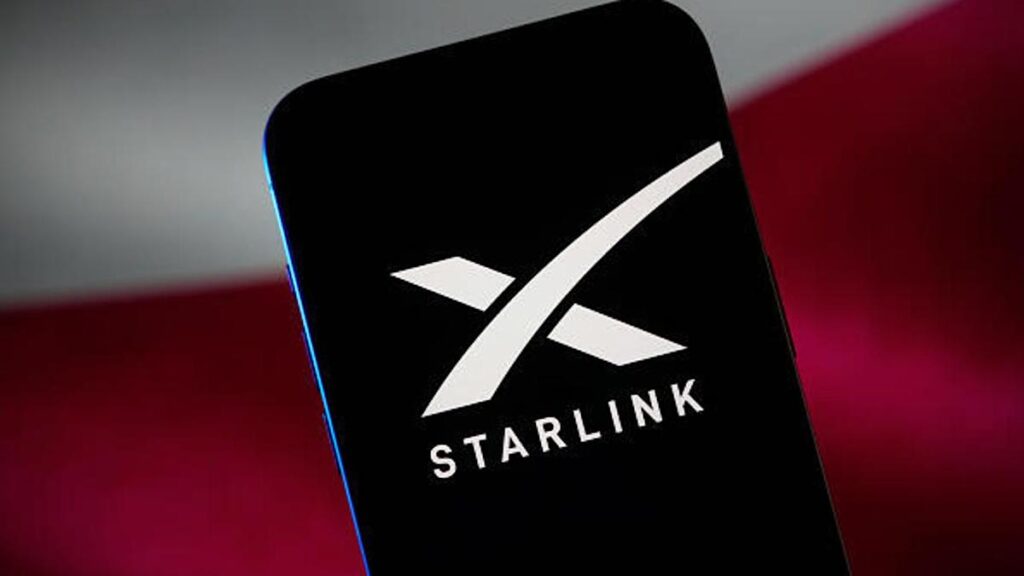In a world where reliable, high speed internet has become a necessity, Starlink Wi-Fi is making headlines for delivering what many believed impossible blazing fast internet speeds at 35,000 feet. According to the latest report from renowned speed test platform Ookla, Starlink’s in-flight internet is nearly twice as fast as any other airline Wi-Fi option and, remarkably, even outperforms some ground based broadband connections.
SpaceX’s ambitious satellite internet project is reshaping the digital experience for travelers let’s dive into how and why.
The Numbers Speak for Themselves
Ookla’s comprehensive report reveals that Starlink Wi-Fi on airplanes achieved median download speeds of 152 Mbps and upload speeds of 24 Mbps. To put this into perspective, these speeds allow for seamless HD video streaming, video conferencing, and large file downloads all from cruising altitude.
By contrast, most conventional airline Wi-Fi options struggle to provide even 10-20 Mbps, often plagued by lag, disconnections, and bandwidth limitations.
JSX Airlines
JSX, a semi private air carrier in the U.S., became one of the early adopters of Starlink for its fleet. Passengers reported near ground level browsing experiences, with video calls, streaming platforms like Netflix, and even gaming performing without hiccups.
Passenger testimonials from JSX flights reveal a stark improvement over their previous experiences with traditional providers like Gogo or ViaSat.
“It felt like I was in my living room watching YouTube videos and FaceTiming at 30,000 feet. I couldn’t believe it,” says Brian Hughes, a frequent business traveler
Why Is Starlink Wi-Fi Faster Than Home Internet?
1. Low Earth Orbit (LEO) Satellites Make the Difference
The key to Starlink Wi-Fi’s impressive performance lies in its use of Low Earth Orbit satellites, positioned around 550 km above Earth far closer than traditional geostationary satellites orbiting at 36,000 km. The shorter distance drastically reduces latency and enhances speed.
2. Dedicated Bandwidth for In-Flight Usage
Unlike home internet networks, which often suffer from neighborhood congestion, Starlink allocates specific bandwidth to its aviation service. Airlines equipped with Starlink hardware enjoy a dedicated, high speed connection, free from ground based infrastructure bottlenecks.
3. Next Generation Hardware
Starlink’s proprietary phased array antennas and advanced terminals mounted on aircraft allow for uninterrupted connectivity, even as planes travel at high speeds across vast regions. This hardware seamlessly switches between satellites to maintain a stable signal.
Expert Opinions Back the Hype
Telecommunications analyst Dr. Elisa Grant, from the University of Colorado, emphasizes that Starlink’s satellite constellation is a “game changer” for aviation connectivity-
“Traditional satellite providers were limited by high orbit distances and outdated infrastructure. Starlink’s LEO approach minimizes latency and offers real time, high speed data that rivals and in many cases exceeds ground based internet” she explains.
Similarly aviation technology expert Mike Walters adds that with Starlink’s system, airlines can finally meet modern passengers’ expectations for always connected experiences, especially for business travelers.
The Ground Reality: Why Some Home Internet Lags Behind
Ironically, Starlink’s in-flight internet outpacing ground connections highlights persistent broadband gaps in many parts of the world. In rural or underserved regions, home internet often relies on aging infrastructure like copper DSL lines or spotty mobile data.
In contrast, airlines using Starlink Wi-Fi tap directly into cutting edge satellite networks bypassing terrestrial limitations entirely.
Rural Starlink Users vs. In-Flight Speeds
Interestingly, some rural Starlink home users report download speeds between 50 to 100 Mbps, which, while impressive for remote areas, still lag behind the 152 Mbps median achieved onboard aircraft. The reason? Different bandwidth allocations and network prioritization for aviation clients.
Many first time Starlink flyers describe the experience as “unreal.” Social media is filled with excited posts from travelers:
“Video called my kids from 35,000 feet thanks to Starlink Wi-Fi crystal clear! This is the future of air travel,” tweeted @TechNomad.
Others praise the freedom to stream, browse, and work seamlessly during flights, transforming once tedious travel time into productive hours.
Starlink’s Aviation Revolution
With airlines like Delta, Hawaiian Airlines, and Qatar Airways exploring or deploying Starlink Wi-Fi, industry experts predict a massive shift in in-flight connectivity standards. Passengers are no longer willing to settle for sluggish, unreliable internet at altitude.
For SpaceX, this success is just the beginning. As the Starlink constellation expands, expect even faster, more reliable in-flight internet, possibly outpacing more home connections globally.
The Sky is No Longer the Limit
Starlink Wi-Fi has done what few believed possible made high speed, reliable internet accessible thousands of feet above Earth, sometimes outperforming home broadband. Through innovative satellite technology, dedicated bandwidth, and relentless ambition, SpaceX has reshaped the in-flight experience.
For passengers, it means staying connected, entertained, and productive, no matter where they are even among the clouds.

